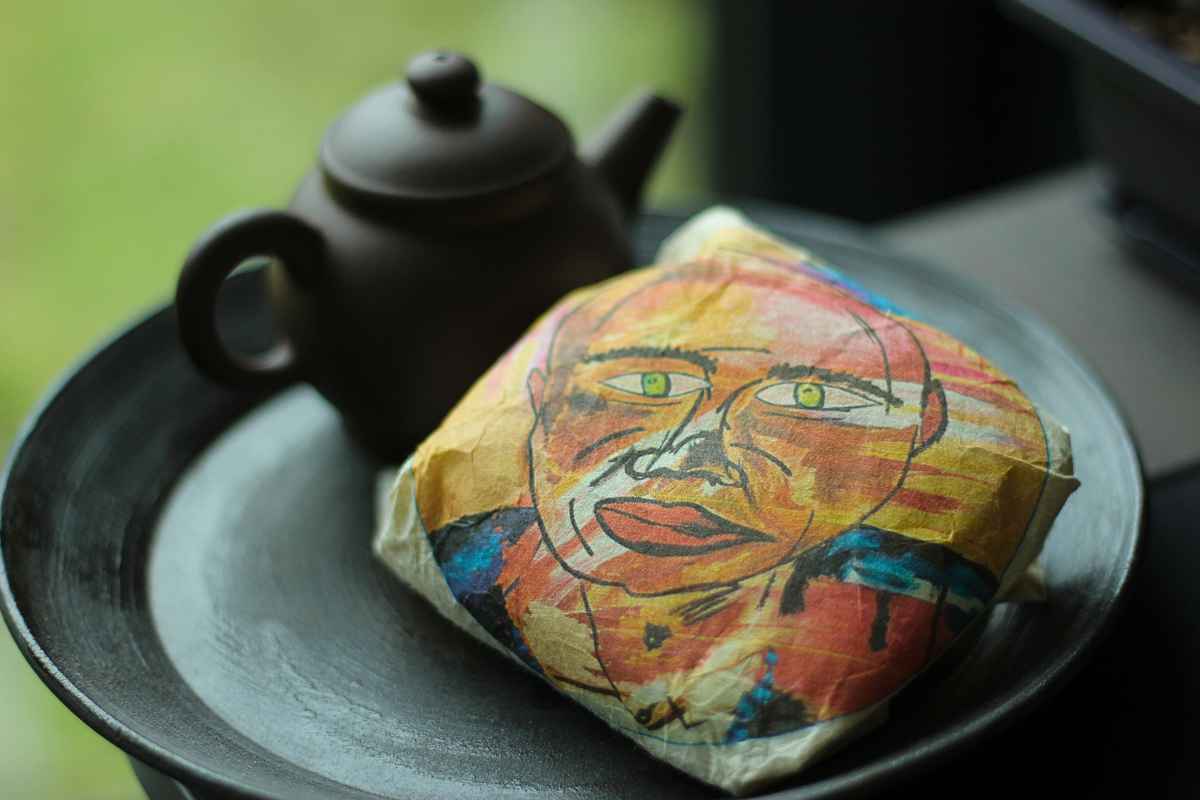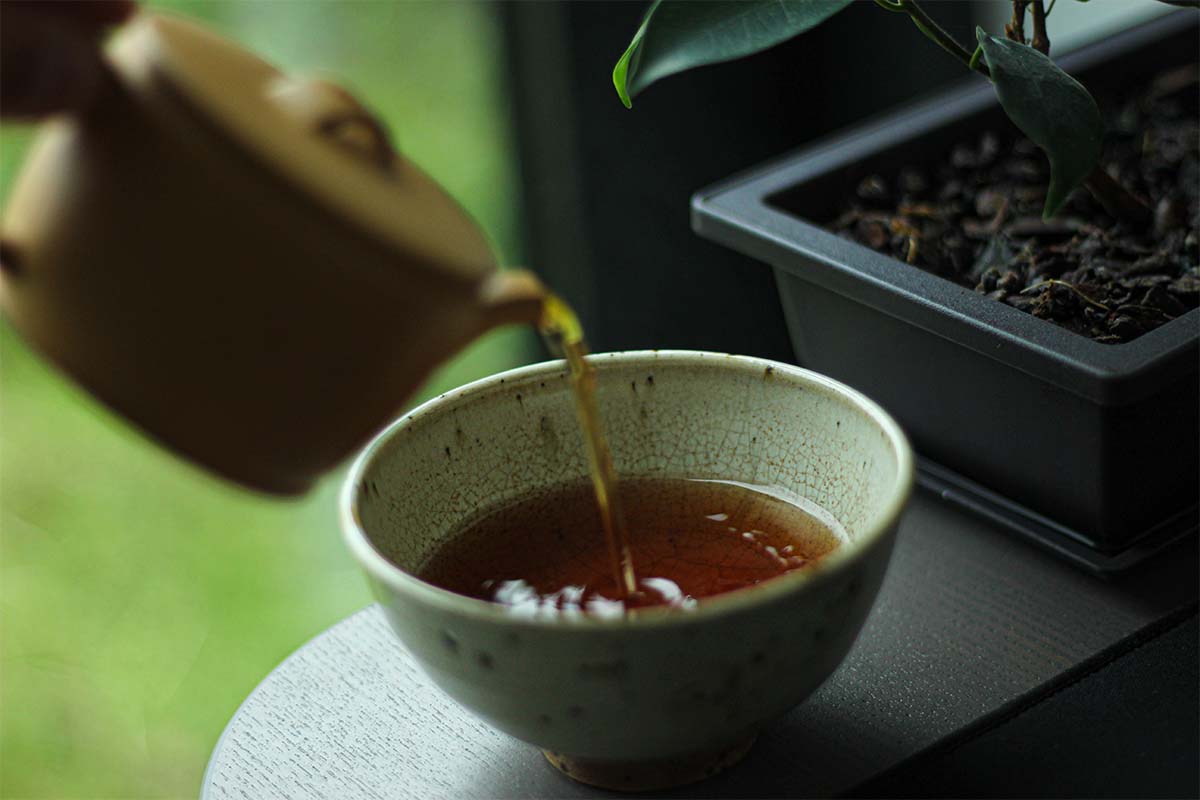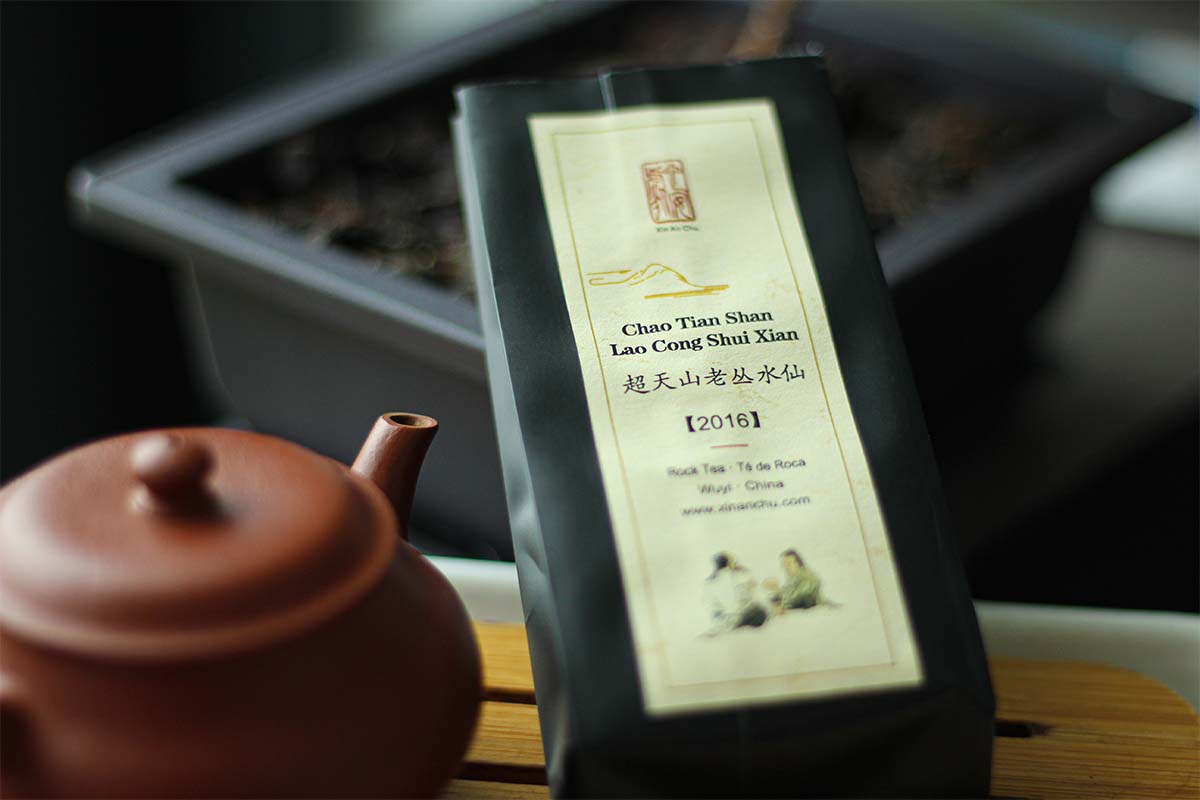Pu-erh (or puerh) tea has a long history and is classified in the East as dark/black tea. This type of tea comes from China and is named after the town where it was originally sold. In this article, you’ll find outwhat pu-erh is, which types of pu-erh there are and why it is so popular today.
Pu-erh tea is a type of dark tea that comes from Yunnan province in China. It is made from a big leaf plant called Camellia Sinensis var. Assamica. This type of tea is characterised by any form of microbial fermentation after production. Shu pu-erh tea is artificially fermented, while sheng pu-erh slowly ferments over time.
What is pu-erh tea?
Pu-erh tea is a type of dark tea (hēichá or 黑茶 in Chinese) and is really popular amongst tea lovers for a variety of reasons. In order to be classified as pu-erh tea, the tea needs to be from China’s Yunnan province, it has to be from a Camellia Sinensis var. Assamica plant (known as a large leaf variety) and there has to be any form of microbial fermentation after production. This implies that this type of tea does not lose its flavors, but develops into something completely different over time, especially sheng pu-erh.

Don’t know where to buy tea online? I made a list of over 300 online tea shops and I keep updating it regularly. You can check it over here
After production, the tea is stored and the microbial fermentation process begins. The degree to which this microbial fermentation occurs depends on the kind of pu-erh tea (more about this below). Aging pu-erh tea is done to enhance its flavor, just like they do with wine. The flavors change drastically and the leaves turn dark brown over time.
Pu-erh tea is available in different forms. There is loose leaf pu-erh and pu-erh that is compressed into all kinds of shapes. The most common shapes of compressed pu-erh are bricks, discs, nests, and mushrooms. Originally, pu-erh was compressed into tea cakes so it became easier to store, age and transport. Compressed tea needs less space when stored and more tea can be transported this way.



Different types of pu-erh tea
There are two major types of pu-erh tea: shu pu-erh (or shou pu-erh) and sheng puerh. Shu is pronounced as ‘shoe’ and sheng is pronounced as ‘shung’ in English. These two types of pu-erh go through an almost identical production process. The leaves are picked, withered, heated, and sun-dried. These four steps create unfinished tea called mao cha. The next step depends on the type of pu-erh. Sheng pu-erh is pressed into cakes or left as loose sheng. Shu pu-erh is wet-piled to create an earthy and dark tea in a short time period.
In the 1960s and 1970s, factories wanted to imitate and recreate the effect time has on sheng pu-erh. They started to artificially ferment pu-erh in an attempt to get sheng puerh in only a matter of months instead of decades. As you might have guessed, this did not work out how they wanted and they created a new subtype of tea: shu (or cooked) pu-erh.


Shu pu-erh
Shu pu-erh (or shou pu-erh) doesn’t have a long history as production only started in the 1960s by big tea factories in Yunnan and was sold for the first time in 1973. Tea leaves are picked, withered, heated, sun-dried, and then mixed with a bacterial sample in order to imitate the natural fermentation that takes place over time in sheng pu-erh.
To speed up things even more, the leaves are piled and sprayed with water in a hot and humid environment. This process is described as wo dui (wò dūi or 渥堆 in Chinese). The wet piles get turned over on a regular basis and the temperature rises, resulting in ‘cooked’ pu-erh. This process takes on average between 45 and 60 days and allows for the tea to fully oxidize and ferment. Brewing shu pu-erh gives you a dark and earthy cup of tea.
Sheng pu-erh
Sheng pu-erh has a long history and is popular all over the world. Once processing is finished and you have mao cha, the tea is usually pressed into a variety of shapes to store and age. The microbial fermentation that takes place in shu pu-erh occurs naturally in sheng pu-erh but takes a lot longer. Sheng pu-erh ages in cycles of 5-7 years and some of the best and most expensive pu-erh is 50-70 years old!



The microbial activity in the leaves is the reason the tea changes and develops into something magical over time. Storage plays a huge role in how sheng pu-erh ages, but that is a topic for another time.
The best sheng pu-erh is made from massive tea trees that are hundreds of years old. These ancient tea trees are called ‘gu shu’ tea trees. Because of their rarity, tea from these trees is a lot more expensive.
History of pu-erh
Pu-erh tea originated around 4700 years ago in Yunnan Province. High in the mountains are ancient tea trees of up to 1200 years old. For centuries, tea has been traded between China and various other nations such as Tibet.
There is historical evidence that during the Tang dynasty (618-907), merchants started compressing pu-erh tea into a variety of shapes. One of the main reasons this was done was to make it easier to transport. It was during these long journeys through difficult terrain and varying weather conditions that they discovered the tea went through noticeable changes and that it got better. It became smoother, richer, and darker. This was the main reason why it became highly sought-after by members of the royal family, high officials, and later by tea connoisseurs.
Pu-erh tea was sold and traded in a town called ‘Pu-erh’, which was located in central Yunnan. This town did not produce tea, but it was the meeting place for selling and buying tea. Because of this, all tea that was traded in this town became known as pu-erh tea.
Pu-erh today
Nowadays, pu-erh is enjoyed both young and aged. Young sheng pu-erh is a fairly new phenomenon because several decades ago, people did not see young sheng pu-erh as suitable for drinking. They stored it for years/decades to enjoy it later, once it had fully matured.
Both young and aged pu-erh offer a completely different experience. Young sheng is fairly similar to green tea and is refreshing, green, and bright. Aged sheng is dark, deep, warming, and is sometimes even considered to be a form of medicine.
It’s up to you to decide which one you like the most, but aged sheng is usually a lot more expensive! Every year, aged pu-erh is amongst the most expensive teas on the market. If you need help deciding where to buy good pu-erh tea, here you have an overview of the best tea shops for pu-erh tea.




